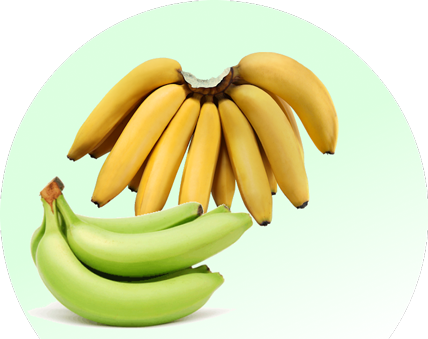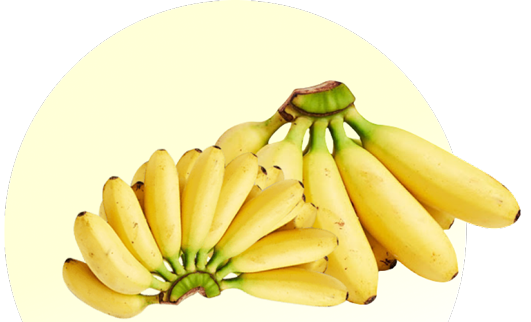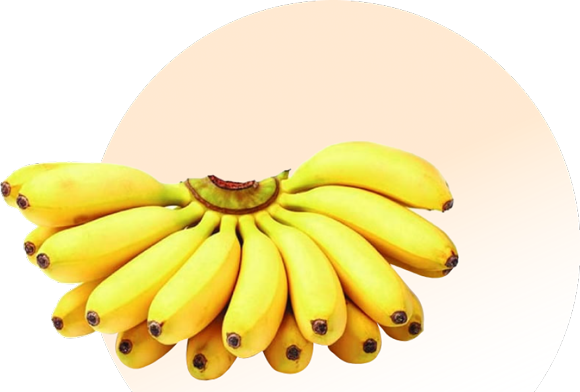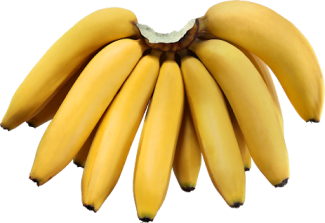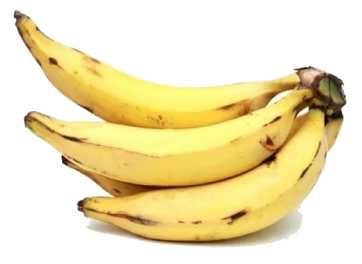Varieties
STORY OF Ceylon banana
Sri Lanka has a long history as one Sri Lanka has a long history as one of the finest fruit producers in the world. Among all, Sri Lanka is famous for top quality bananas. It is home to many varieties of Banana which comes in different shapes, colors, sizes, textures, and flavors. Bananas grow freely all over Sri Lanka, all year round. They are cultivated in large, medium, and small orchards, as well as home gardens. Therefore, bananas are readily available fruit in the country.
Banana is a super fruit rich in nutrition. Being rich in potassium and many other vitamins, bananas can consider natural energy bars. Reportedly, there are almost 1,000 varieties of bananas in the world, while Sri Lanka boasts 29 varieties. Sri Lankan bananas are divided into three main groups: the Cavendish, the Kolikuttu, and the Mysore. The banana varieties in each group have different characteristics.
3
Main groups
20+
Varieties
11+
Health Benefits

